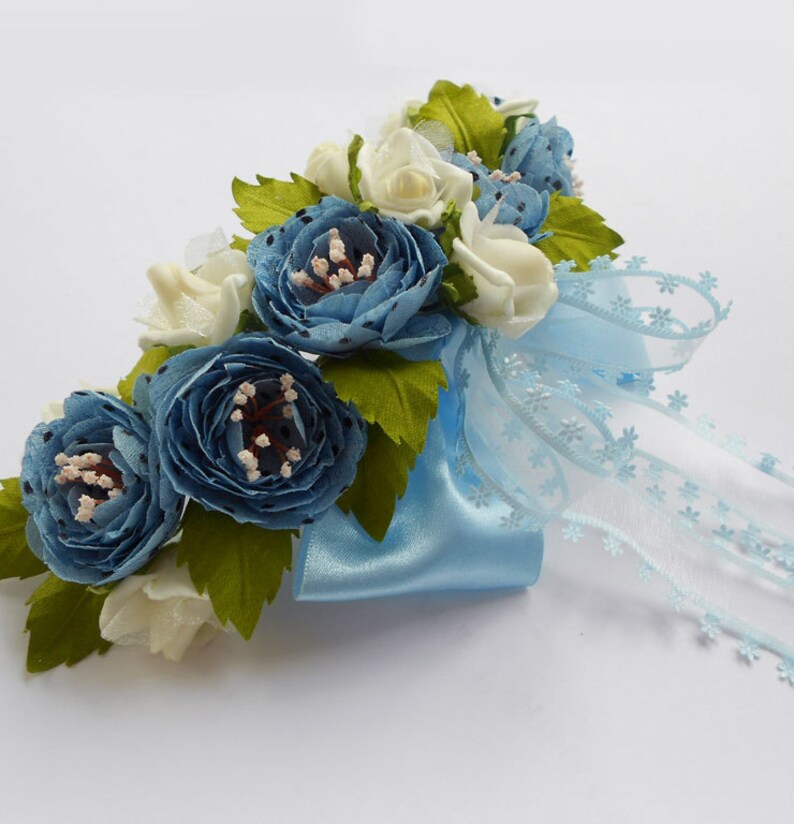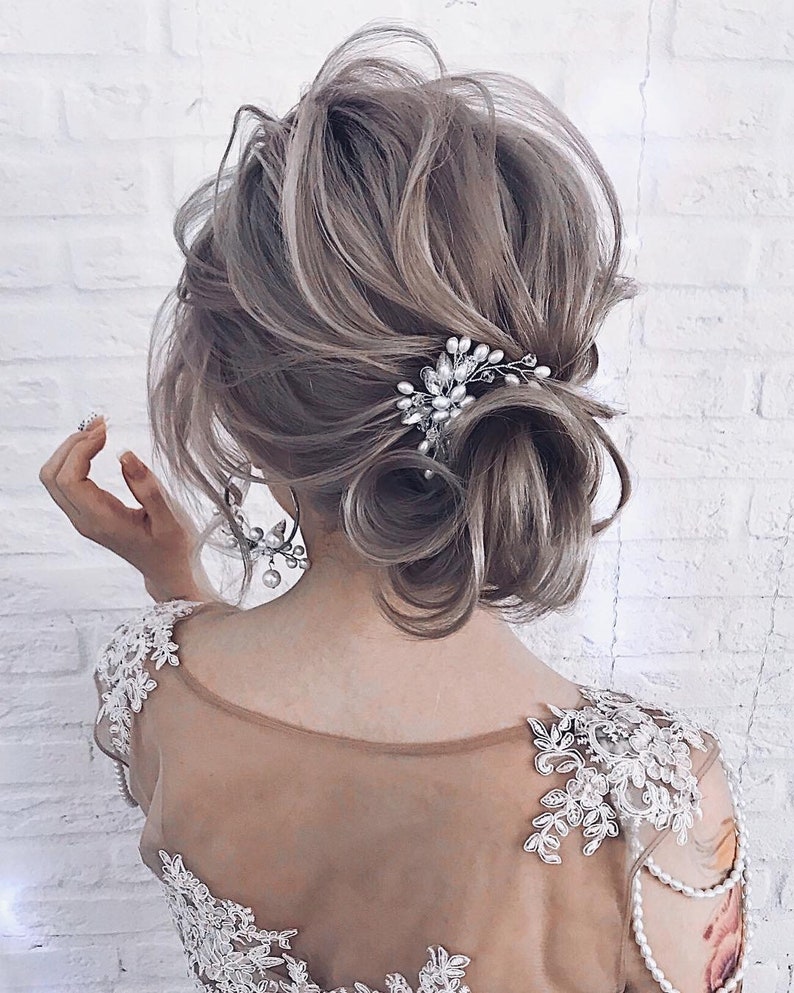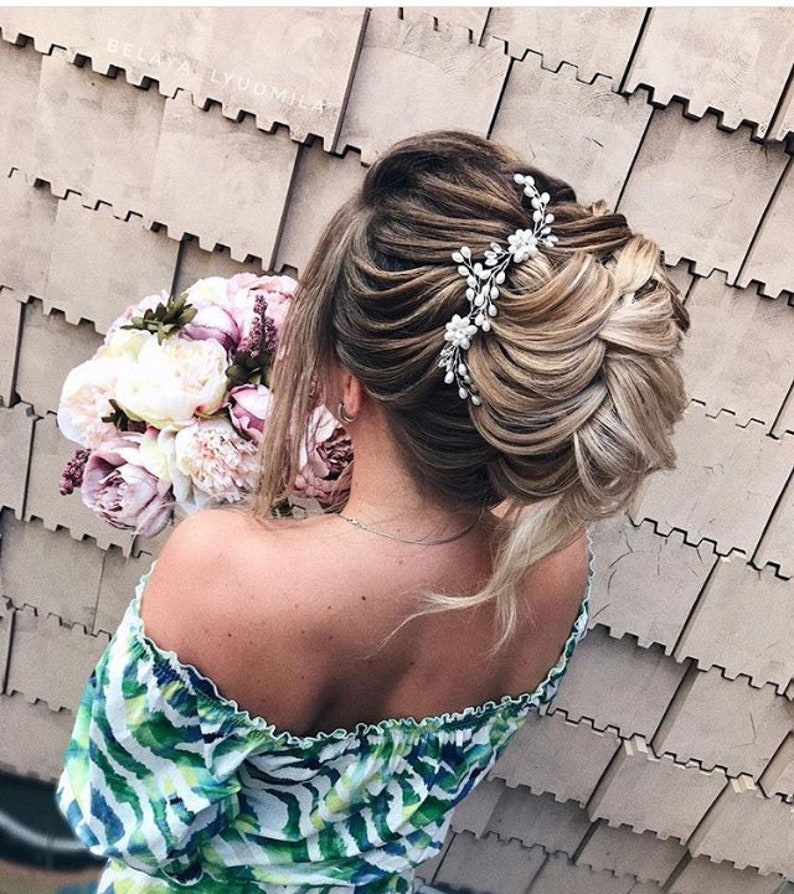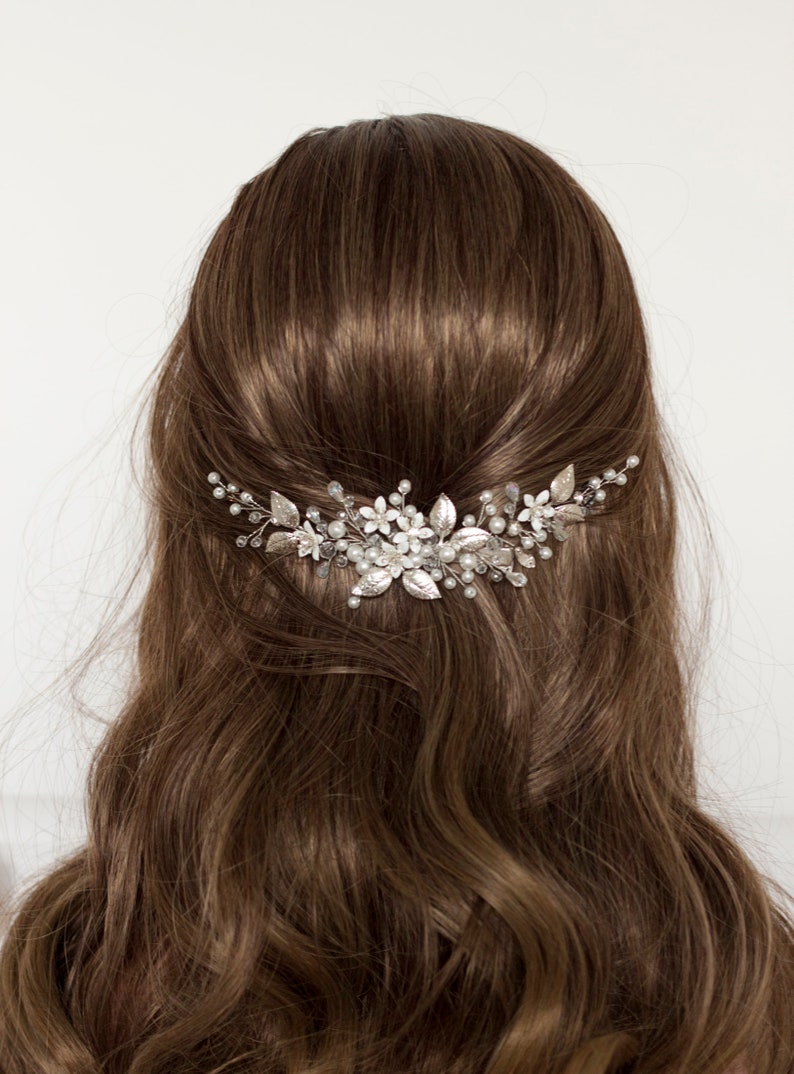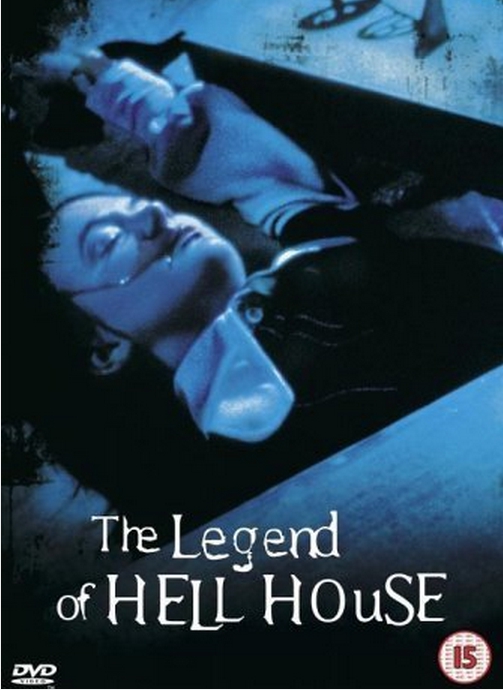Table Of Content

Split ends are rife, layers have grown out, fringes are morphing into curtains, action needs to be taken, but is cutting your own hair at home really the way forward? Ah the humble haircut, how we took you for granted BC (before COVID, of course). While some of us managed to nab an appointment in-between Lockdown 1.0 and 2.0 or had the fortune of living in a Tier 1-3 area – we are all now faced with the same restrictions in Lockdown 3.0. Again, our beloved hairdressers and beauty salons will close their doors and for many of us, we’ll be taking our beauty maintenance in-house. Which means more DIY manicures, several sheet masks and perhaps a haircut at home. If it’s the latter you’re considering, remember to always tread, or rather snip, carefully.
How to trim curly bangs
Getting a perfectly even DIY cut can be tricky, but this tried-and-true method for achieving layers at home is great for beginners. Smooth hair into a ponytail at the top of the hairline near the forehead (hence the "unicorn ponytail" method), pull hair forward and snip ends. The sharper the angle, the more drastic the face-framing layers will be. Before you get started, you'll want to invest in a pair of razor-sharp styling shears designed specifically for the task, like Equinox Professional Shears, for the best-looking cut (and the healthiest hair) possible. Dull edges on household scissors could potentially give you even more split ends (plus, ew, cross-contamination).
How to cut your own bangs:
For tighter curl types ranging from 3C to 4C, try sectioning your hair, gently detangling, and using firm pressure to keep it from moving too much as you trim. This tutorial and this tutorial are both great options for highly textured hair. Wirecutter is the product recommendation service from The New York Times. Our journalists combine independent research with (occasionally) over-the-top testing so you can make quick and confident buying decisions. Whether it’s finding great products or discovering helpful advice, we’ll help you get it right (the first time).
Cutting a Front Ponytail
The Joewell Craft X Series 6.0 pair from Sally Beauty is made of steel, claims to be comfortable to grip in the hand, and they’ll evenly trim the hair with a sharp blade. Bring one section forward at a time, and determine how much you want to take off—we suggest a quarter of an inch to half an inch. (Cut a little less than you think you should.) Trim off the length and then snip the ends to add texture and blend everything out.
It is important to do the bare minimum to keep this experience as foolproof as possible. The idea is to keep your hair from looking stringy or too outgrown. Start with small cuts as you can always take off more hair, not vice versa. Regal Gentleman has us covered with this in-depth how-to video. Give it a good watch, take things slowly and you'll have his short back and sides trim sorted in no time. Designed for barbering, the Dark Stag scissors use hollow-ground blades that give precise cuts.

Master Cutting Your Own Hair Short
Anyone with straight hair can use these foolproof methods to make sure your DIY cut is nice and even. Bring hair to the front and snip at an angle or straight, depending on if you prefer a rounded or blunt shape to your cut. Take the ponytail and pull upwards on the hair tie until it's only an inch or two away from the ends. If you have a lot of layering, you can secure extra elastics every few inches until the ends are easy to hold taut. If you're looking to trim your hair or even cut off a few inches of hair, one method streamlines the process for first-timers.
Stylize or fix mistakes with thinning scissors
How To Cut Your Own Hair At Home - Tips From The Pros - Refinery29
How To Cut Your Own Hair At Home - Tips From The Pros.
Posted: Fri, 27 Mar 2020 07:00:00 GMT [source]
If you cut your hair when it’s wet, there’s a chance that the hair will jump when it’s dry – especially if your hair is curly.’ And this can result in too much being taken off. Before you start trimming your hair at home, find a tutorial that most closely matches your own hair length and hair type, so you can get the most accurate guide. And to make sure you’re getting expert information, Brown says to choose one created by an actual hair expert or stylist. So if you want to skip these steps (since they’re going to be different for every hair type), keep scrolling for the best tutorials on trimming your own hair. But if you want expert advice (and you do!), keep reading first.
How to cut your own hair: Learn to cut layers, bangs and more
5 Easy DIY Haircuts You Can Give Yourself at Home - Allure
5 Easy DIY Haircuts You Can Give Yourself at Home.
Posted: Wed, 15 Jul 2020 07:00:00 GMT [source]
Just make sure you have sharp hair shears, a thorough tutorial featuring your own hair type, and expert advice (like…everything above), and when in doubt, cut less, not more. If you have long hair and you’ve been wondering how to cut your own hair in layers, bobbles are the answer. To DIY the so-called ponytail haircut, simply scrape your hair into a pony at the front of your head, comb the ponytail, and chop the tips off straight across with scissors or clippers. Some point-cutting added, and voila – you have a haircut with long layers! This works for hair of almost any length, starting from lob cuts and ending with mermaid locks.
Step 1: What You Need + Tips:
You can always take more hair off, but you can't add back what you've already chopped! If you're cutting your hair while it's wet, remember it will look even shorter once it dries, so snip with extreme caution. In fact, if your strands are curly or you're wavy-haired, only cut your hair when it's dry so you can get a better idea of what the final look will be. If you have straight hair, you can cut while it's wet or dampen it with a spray bottle first to get the cleanest, sharpest lines possible. While a salon appointment with a trained hairstylist is the safest way to go for any kind of haircut, sometimes you gotta do it yourself—and that’s okay.
It goes without saying that different hair types require different techniques. If you have afro-textured or curly hair and like to wear it natural, do not cur your own hair in straight lines – is not going to have the desired effect. Instead of trying to tame your curls into one single length, go with the flow of your hair. This is a good guide for blending short haircuts and dealing with cowlicks, and here's a tutorial for classic shaggy toddler haircuts. When in doubt, you can always use a mixing bowl (or a headband). By high school, a bowl cut is not going to help their social standing.
Try to put off your trim until you can see your stylist, Mocarski says, but if you truly cannot wait, she thinks this video by New York stylist Brad Mondo isn’t as “terrible” as many other online tutorials. The cut requires basic tools, can be done alone, and works well on long, straight hair. When you become comfortable with the scissors and become less afraid of experimenting, you’re ready to start other techniques and cuts. "Use the comb as a guide for a straight line, then cut upwards with the scissors." But whatever you do, be patient and keep your cuts minimal.

The W8less is also easier to use in a bathroom without convenient outlets, since its 8-foot cord makes it usable farther away. If you have curly hair, opt for the Rusk CTC Lite, which offers the same performance and warranty as the W8less and comes with a diffuser to help define curls. The key is to start small with a few careful snips — and to go slow.








